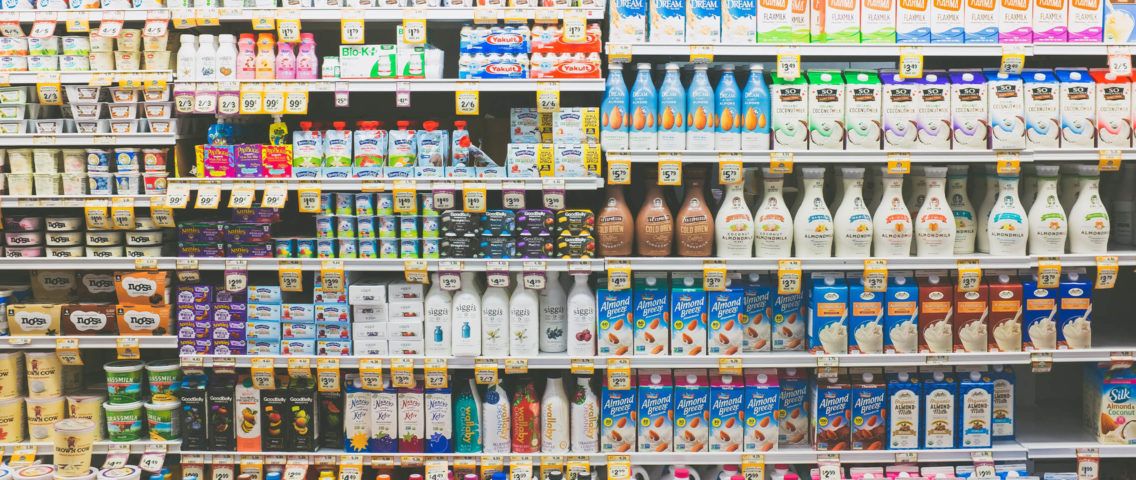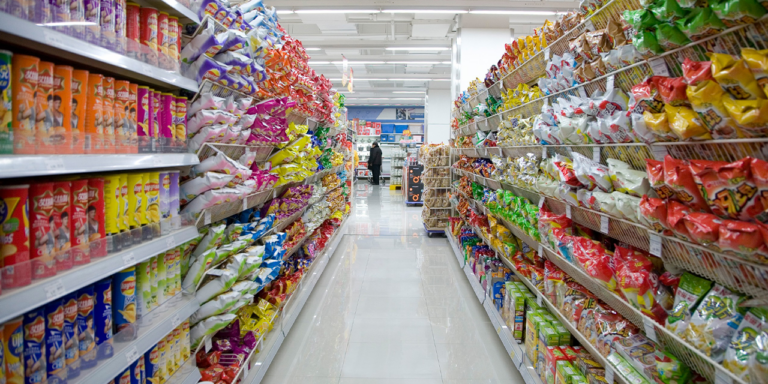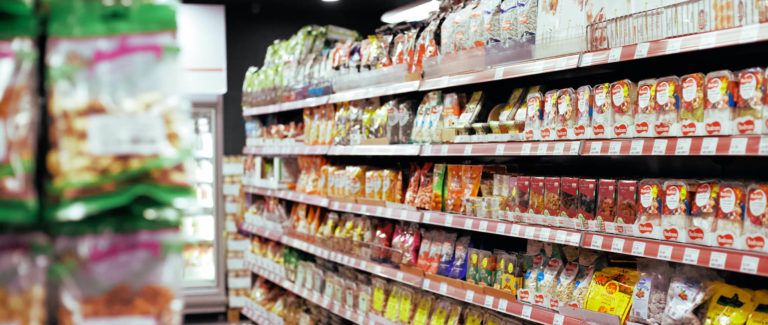Store-specific planogramming has been implemented in retail settings for more than 20 years and has been floating about as an idea for even longer. But even today, a retailer can only achieve completely store-specific planogramming with a planning solution that automates the enormous amounts of calculations this level of localization calls for.
The conversation has taken a new direction recently as retailers ponder how to integrate space planning into their broader category management processes. In particular, many are exploring how they should leverage their planograms to drive efficiency throughout the supply chain—from suppliers to shelves.
Why have effective planograms eluded even retail’s biggest players?
Anyone working in retail today is fully aware of how discerning customers have grown, and traditional retailers face pressure to be as responsive to consumer needs in stores as ecommerce options are on their mobile devices. But if it takes about 1 million calculations to produce just 3 feet of store-specific planogramming, it’s easy to see why responding quickly to consumer signals is so challenging.
The complexities can grow as the promised benefits of localization recede into the distance until stakeholders lose the motivation to proceed. Indeed, thousands of retailers have undertaken store-specific planogram initiatives, but too often, they must significantly rein in the scope of their projects or abandon them entirely.
At the root of the trouble with store-specific planogram solutions lies a paradox: You must either 1) simplify your planograms so a generic, plug-and-play solution can produce them or 2) hire a team of highly skilled specialists capable of producing complex code. Both options are far from ideal.
A planogram is quite sophisticated—the final tool through which retailers can engage with their customers at the shelf edge. The most effective way to meet customer needs at each store is through assortment, layout, and use of space. However, planners who can creatively visualize and plan space to drive customer engagement often lack the technical knowledge to automate planogram production. On the other hand, those who can code the complex scripts needed to automate planograms often lack that subtle understanding of consumer drivers or the creative vision to build beautiful displays.
Fortunately, today’s retailers can solve this familiar problem by taking advantage of modern planning tools that use the many technological advancements we’ve seen in recent years.
A unified approach to category management
Traditionally, retailers have improved outcomes with store-specific planogramming by adjusting their facings based on historical sales. This conventional approach can result in some improvements to availability and sales.
In a more forward-looking unified approach to category management, planograms are informed by granular, localized demand forecast data. With this unified approach combined with advanced machine learning algorithms, retailers can automate the otherwise time-consuming, complex task of optimizing store-specific planograms to meet shopper needs at every store in their network.
With this automated, unified approach in place, we’ve seen retailers improve both availability and sales and the efficiency with which they can replenish, stock, and maintain their shelves. A unified planning approach targets a one-touch replenishment model, minimizing excess stock in-store as well as reducing item delivery frequency. However, the outcomes today’s retailers can achieve would not have been possible without the technological advances of recent years.
Cutting-edge tools automate and optimize planograms
Modern planogramming tools have come a long way since many retailers installed their legacy solutions. Advancements in 3D rendering technology and more intuitive user interfaces have significantly improved space planning teams’ user experience.
More important for business outcomes, though, are modern advancements in AI. Machine learning algorithms allow retailers to fully customize and automate the optimization of their demand-based, store-specific planograms. This automation saves retail planning teams enormous amounts of time that can be redirected to more valuable tasks while improving the final product’s accuracy and quality.
Further, today’s cloud-native technology enables leveraging these automated, optimized planograms directly into more efficient store and supply chain operations, helping to manage replenishment with both front- and backstage space awareness. Solutions allowing staff to feed valuable store-level information to central planning teams from their mobile devices enable retailers to achieve end-to-end category management.
How Do You Get There?
Retailers implementing optimized store-specific planograms must first import existing planograms into their new solution—whether from a legacy system or their own retail data. The planning solution should be capable of optimizing those plans against specific store needs and adjusting inventory and space to meet the company’s particular objectives. It should also draw from store-level demand data to reduce facings for over-spaced products and increase facings for under-spaced ones. Product placements are adjusted based on the retailer’s merchandising requirements but are still fully configurable by planning team members.
Within a few hours, a quality solution should be able to create store-specific planograms that maintain the principles defined in the company-level merchandising plan while individually tailored to each store’s needs. Moreover, team members can make minor planogram revisions in flight while minimizing changes to the optimized planogram, so there’s no additional pressure on retail operations teams to change their layouts with each planogram update.
So, how significant is the impact at the end of the day? In our experience, about 30% of our customers’ planogrammed product positions change as they move from plans built on average data to store-specific data. We’ve seen customers reduce delivery rows (product-store deliveries) by up to 35% and cut excess stock by up to 25% while maintaining the same improvements to availability and sales seen with conventional store-specific planogramming. The learnings are clear: a unified, machine-learning-driven approach to store-specific planogramming is the best way to improve outcomes throughout the supply chain.





